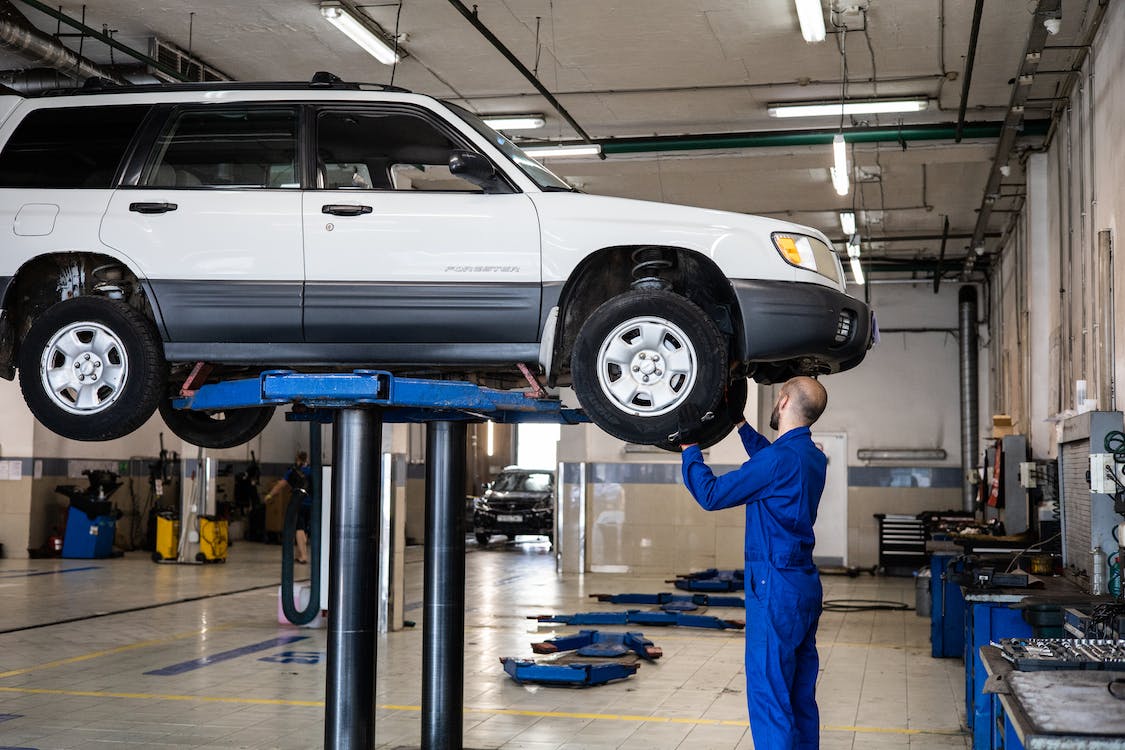Contents
– Gas shock absorber: role of the shock absorber
– How the gas shock absorber works
– Maintenance of the gas shock absorber
If you are replacing your shocks, the choice of replacement shock absorbers is vast, and the gas shock absorber is one of them. To help you make an informed choice about this type of shock absorber, we’ll reveal its particular technology and benefits in this article.
Gas shock absorber: role of the shock absorber
Regardless of its technology, the role of the shock absorber is the same for all vehicles, and it is an essential element for road holding and the comfort of the occupants. A car’s suspension consists of two distinct components:
– The suspension spring (or its equivalent, the torsion bar) is a shock absorber: it interfaces between the unsprung mass (wheels, hubs, brakes) and the vehicle body. When the wheels impact the road’s irregularities, it compresses and “absorbs” the shock. It then releases this stored energy through oscillations whose frequency and amplitude gradually decrease.
– The shock absorber prevents the spring’s oscillations by storing its energy and gradually releasing it; it then allows the wheel to remain in contact with the ground, thus improving road holding and the comfort of the vehicle’s occupants. Without the shock absorber, the spring and its oscillations would create a dribbling phenomenon, and the wheel would jump on the road. During a succession of consecutive shocks, the rebounds and their accumulated energies would saturate it and lead the wheel to hit the suspension bushings, seriously compromising the road holding… and the state of the passengers’ spine!
How the gas shock absorber works

It is the same as the classic shock absorber: like it, it contains oil. The shock absorber is a pump consisting of a shock absorber body in which a piston pushed by the shock absorber rod slides.
The movement of the piston is opposed by the oil contained in a working chamber, which is forced through calibrated passages in the piston, thus slowing down its speed of translation (there are passage valves for the compression and valves for the expansion of the damper).
The oil occupies a tight space called the compensating chamber, and a volume of gas occupies the upper part.
This is the specificity of the gas damper: if this gas in the conventional damper is air, in the gas damper, it is nitrogen.
Please note: The pressure of this chamber (on average 25 bars) can sometimes be adjusted with an external valve (competition shock absorbers or motorcycle shock absorbers).
Advantages of the gas shock absorber
The gas shock absorber is robust and has many qualities:
– By its reactivity due to the volume of gas, it gives an excellent road holding to the vehicle;
– It is much less sensitive than the classic shock absorber to heating, allowing it to preserve its qualities whatever the operating temperature; this is due to the properties of the gas contained: it is nitrogen, which is a neutral gas whose volume varies very little with the heat, unlike air;
– The gas pressure, often adjustable, is well suited to intense use or competition.
However, its handling qualities sometimes handicap it of its relative hardness and discomfort. The price of its performance is that it can also be more expensive.
Maintenance of the gas shock absorber
Like a conventional shock absorber, it should be replaced when it loses its road-holding qualities. The vehicle can fail at the technical inspection when it leaks or becomes loose, especially in its mountings.
The recommended replacement interval is 40,0000 km to 60,000 km.
Hope this post has provided you with the information you were looking for. Remember to jot down a few words in the comments below.




